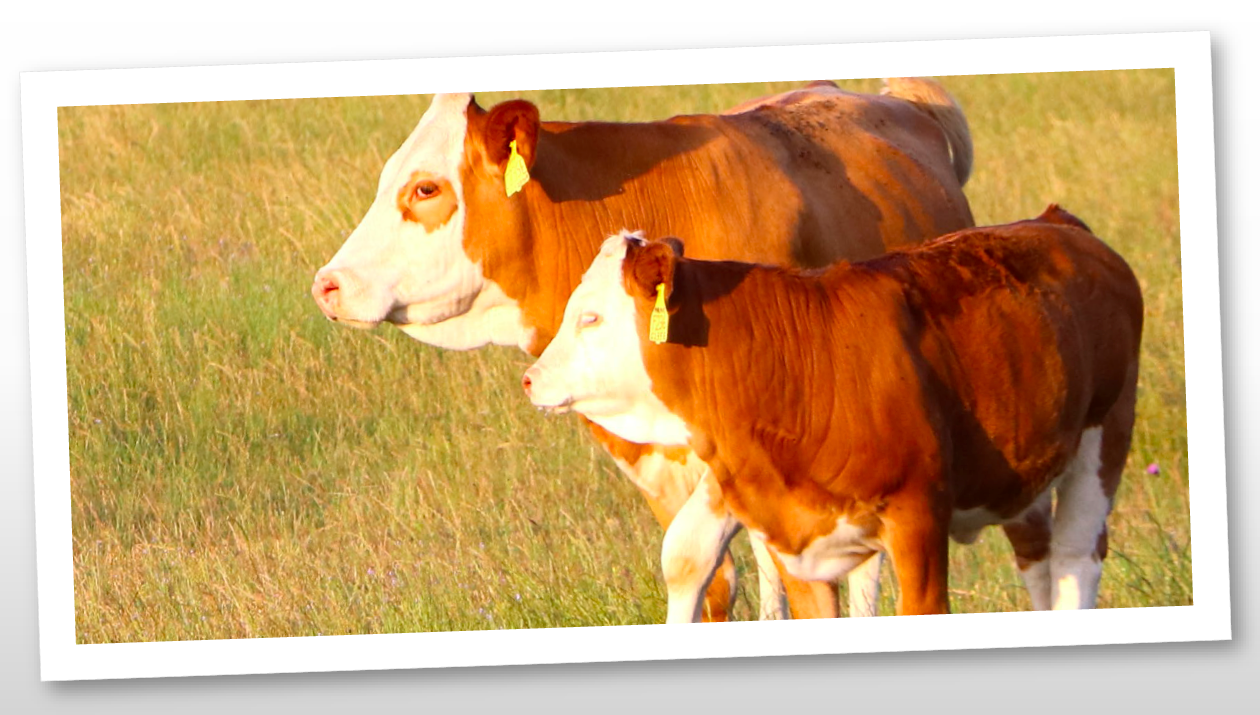Progress report on a plains bison-Simmental interspecies cross for genome assembly by trio binning
07.11.2019

Technical Abstract: A bovine reference genome assembly represents the genetic blueprint for building and maintaining cattle. This blueprint allows researchers to begin understanding the functions of genes, proteins, and metabolites by identifying precise regions of the genome affecting traits. Using DNA tests developed from the genome research, cattle producers can improve their herds through selective breeding for differences in traits such as growth, reproduction, carcass quality, and health. In the past, only a few of the most important species had reference genome assemblies and they were produced by large international genome consortiums. These were typically produced from inbred animals whose reduced genetic variation was needed for obtaining the best results. However, livestock researchers have pioneered a new method for making higher-quality genome assemblies. This method makes use of interspecies crosses with maximum genetic variation, cost a fraction of the price, and can be produced by a small team of researchers. The new method, called “trio-binning”, uses long DNA sequences from an outbred offspring to reconstruct two ultra-high-quality reference genome assemblies, one for the sire and one for the dam. In principle, this approach allows reference assemblies to be readily produced for all breeds of cattle and would pave the way for understanding functional genetic differences between breeds. Here we describe an interspecies F1 trio-binning project with a Simmental dam and a plains bison sire. In vitro fertilization and embryo transfer methods were used to produce an F1 fetus collected at 120 days of development. Thus far, DNA sequencing of the trio has been completed and the offspring’s long sequence reads are being sorted for assembly of the respective parental genomes. These assemblies are expected to improve the accuracy of genetic testing, allow better genome alignment with sequences from related animals, and reveal functional insights of the species and breed.


